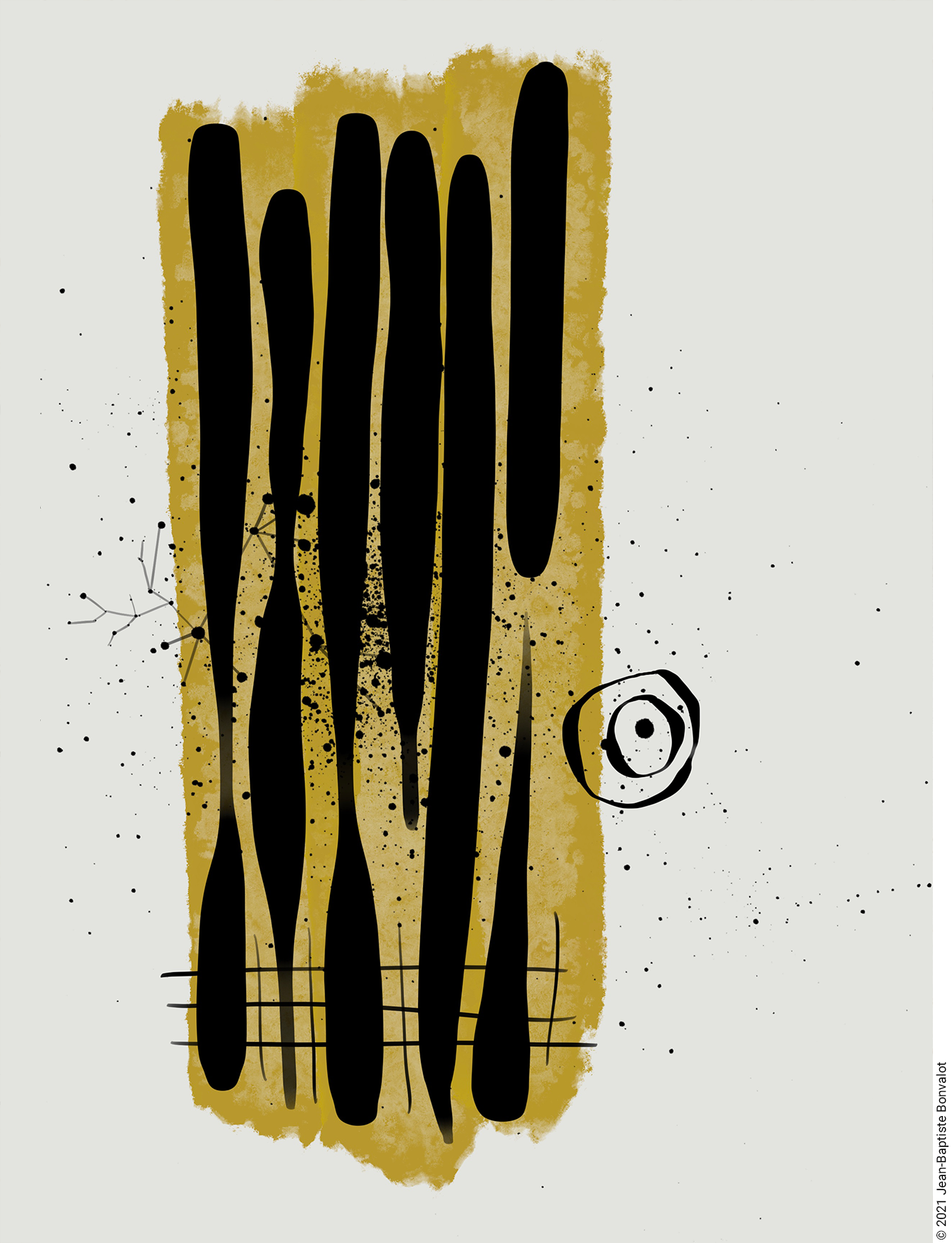Systems Sensing and Systemic Constellation for Organizational Transformation
Building Collective Capacity for Navigating Complexity
DOI:
https://doi.org/10.47061/jabsc.v1i2.1181Keywords:
systems thinking, systems sensing, systemic constellations, social change, organizational development, complexityAbstract
This paper examines how a systems sensing—or felt-sense—approach and orientation to inquiry and systemic constellation practice might help social change organizations cultivate capacities to better navigate complexity, both in their outer-facing work and internal dynamics as teams and as individuals. We present a pilot study of systemic constellation practice, sharing the experience of participants during and after the practice, as well as our own reflexive process. Currently an undertheorized and underutilized approach within systems thinking work, systems sensing and systemic constellation, can reveal less visible but nevertheless foundational dynamics at play in an organizational body, and can help create more awareness through widening ways of knowing in the organizational playground. We explore how the facilitated collective sense-making process of systemic constellation engages subtle ways of knowing specifically energetic, relational, and embodied knowing, building on what Heron and Reason (2008) have called an “extended epistemology.” As we suggest, these more subtle ways of knowing warrant further study, particularly as they may contribute to action research methods and foster a more participatory culture of transformation at both an organizational and societal level.
References
Benham-Hutchins, M. & Clancy, T. (2010). Social networks as embedded complex adaptive systems. JONA: The Journal of Nursing Administration, 40(9), 352–356. doi: 10.1097/NNA.0b013e3181ee42bc
Bolman, L. G. & Deal, T. E. (2017). Reframing organizations: Artistry, choice, and leadership. John Wiley & Sons
Cohen, D. B. (2006). “Family Constellations”: An innovative systemic phenomenological group process from Germany. The Family Journal: Counseling and Therapy for Couples and Families, 14(3), 226-233. https://doi.org/10.1177/1066480706287279
Hellinger, B., Weber, G. and Beaumont, H. (1998). Love’s hidden symmetry: What makes love work in relationships. Zeig, Tucker & Co.
Heron, J. (1992). Feeling and personhood: Psychology in another key. Sage.
Heron, J. & Reason, P. (2001). The practice of co-operative inquiry: Research “with” rather than “on” people. In P. Reason and H. Bradbury (Eds.). The SAGE handbook of action research (pp. 179–188). Sage.
Heron, J. & Reason, P. (2008). Extending epistemology within a co-operative inquiry. In P. Reason and H. Bradbury (Eds.). The SAGE handbook of action research (pp. 366–380). Sage.
Holland, J. H. (2006). Studying Complex Adaptive Systems. Journal of Systems Science and Complexity, 19(1), 1–8. https://doi.org/10.1007/s11424-006-0001-z
Johnson, S. (2001). Emergence: The connected lives of ants, brains, cities. Scribner.
Kasl, E. & Yorks, L. (2002). Toward a theory and practice for whole-person learning: Reconceptualizing experience and the role of affect. Adult Education Quarterly, 52(3), 176–192. https://doi.org/10.1177/07417136020523002
Kolb, D. A. (2014). Experiential learning: Experience as the source of learning and development. Pearson Education.
Lessem, R. & Schieffer, A. (2010). Integral research and innovation: Transforming enterprises and society. Gower Publishing.
Marion, R. (1999). The edge of organization: Chaos and complexity theories of formal social systems. Sage.
Meadows, D. H. (2008). Thinking in systems: A primer. Chelsea Green Publishing.
Paley, J. & Gail, E. (2011). Complexity theory as an approach to explanation in healthcare: A critical discussion. International Journal of Nursing Studies, 48(2), 269–279. https://doi.org/10.1016/j.ijnurstu.2010.09.012
Plett, H. (2020). The Art of Holding Space: A Practice of Love, Liberation, and Leadership. Two Books.
Scharmer, O. (2016). Theory U: Leading from the future as it emerges. Berrett-Koehler Publishers.
Scharmer, C. O., Pomeroy, E. & Kaufer, K. (2021). Awareness-based action research: Making systems sense and see themselves. In D. Burns, J. Howard & S. Ospina (Eds). The Sage handbook of participatory research (pp. 633-648). Sage.
Senge, P., Scharmer, O., Jaworksi, J. & Flowers, B. S. (2004). Presence: Human purpose and the field of the future. Society for Organizational Learning.
Snowden, D. and Zhen, G. (2021). Cynefin: Weaving sense-making into the fabric of our world. Cognitive Edge Pte Ltd.
Spiller, C., Barclay-Kerr, H. & Panoho, J. (2015). Wayfinding leadership, groundbreaking wisdom for developing leaders. Huia Publishers.
Stacey, R. & Mowles, C. (1993). Strategic management and organisational dynamics: The challenge of complexity to ways of thinking about organisations. Pearson Education Limited.
Stacey, R. (2012). Tools and techniques of leadership and management: Meeting the challenge of complexity. Routledge
Uhl-Bien, M., Marion, R. & McKelvey, B. (2007). Complexity leadership theory: Shifting leadership from the industrial age to the knowledge era. The Leadership Quarterly, 18(4), 298-318. DOI:10.1016/j.leaqua.2007.04.002
Varga von Kibéd, M. & Sparrer, I. (2000). Ganz im Gegenteil: Tetralemmaarbeit und andere Grundformen systemischer Strukturaufstellungen—für Querdenker und solche, die es werden wollen. Carl-Auer-Verlag.
Weber, G. (2000). Praxis der Organisationsaufstellungen. Grundlagen, Prinzipien, Anwendungsbereiche. Carl-Auer-Verlag.
Wheatley, M. (2006). Leadership and the new science: Discovering order in a chaotic world. Berrett-Koehler Publishers.
Zohar, D. (2016). The quantum leader: A revolution in business thinking and practice. Prometheus Books.
Downloads
Published
How to Cite
Issue
Section
License
Copyright (c) 2021 Luea Ritter, Nancy Zamierowski

This work is licensed under a Creative Commons Attribution 4.0 International License.


